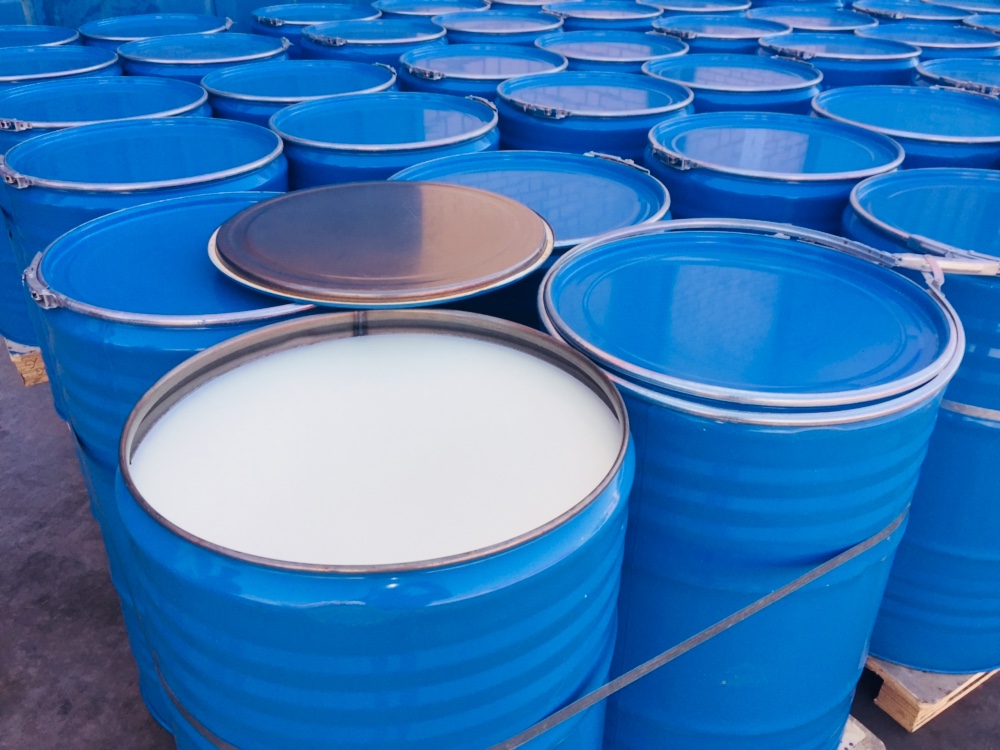Vaseline supplier UAE

Vaseline Introduction
In 1870, Vaseline makes its debut as the latest and most innovative product on the American skin-care market. Wanting to learn more about petroleum and its uses, British chemist, Robert Chesebrough travelled to Titusville, Pennsylvania in 1859 where abundant crude oil reserves had been recently discovered.
At the site of extraction, Chesebrough noticed how the oilmen would apply residue from the drill to help their cuts to heal. After his conclusion that this cure had validity, Chesebrough patented the production of petroleum jelly in 1870.
Being such a long-existing product in the realm of skin care, Vaseline’s use of energy throughout its life cycle warrants better understanding. It is a common misconception to think of energy solely as part of a product’s actual processing and manufacturing, instead of viewing the involvement of energy in the life-cycle of a product from the acquisition of raw materials through its disposal.
As the world increasingly needs to become more conscious of energy consumption and sustainability to avoid an impending energy blackout, there is a significance in looking at the energy involved in a product as arbitrary as Vaseline.
An awareness of Vaseline’s energy consumption should be noted in particular because it is not a product in which its consumer use involves electricity or some other kind of power source. Throughout its life cycle, the energy involved in all aspects of the production of Vaseline serves to enlighten consumers of the composition of the product and the energy required for the existence of such a widely present and versatile skin-care product.
Energy’s role in Vaseline’s life cycle can be more clearly defined comprehensively beginning with the obtainment of the raw materials which form Vaseline’s ingredients, then the processing of these ingredients into Vaseline’s manufacture into a topical ointment, the international distribution of the product from factory to retailer, and ending with the recycling of Vaseline’s polypropylene container.
Vaseline Raw Material
The primary and most basic raw material that makes up Vaseline is crude oil. Most of Vaseline’s secondary raw materials are derived from crude oil after its processing into separate petroleum byproducts, each having distinct properties. These are petroleum oil, petroleum jelly, paraffin oil, and paraffin wax, Vaseline’s only ingredient which is not originally derived from crude oil is lanolin.
Crude oil’s extraction from the Earth is Vaseline’s paramount, overarching beginning to which the product owes its existence. Deep below the Earth’s surface, housed under layers of impermeable rock, are crude oil reserves. After a reserve is located, the oil rig drills through the rock layer, entering the reserves. The oil rig then injects water, steam, or natural gas into the reserve, creating pressure and forcing the oil to the reserve’s surface. The crude oil is then pumped by the rig up to the Earth’s surface where it can be contained, and later processed. Chemical energy powers oil rigs with diesel, an unsustainable fossil fuel. It is interesting how unsustainable fossil fuels are required at such great amounts to acquire more of Earth’s remaining fossil fuels.
After extraction, the next step toward bringing Vaseline to life is the distillation of crude oil. Distillation is the first step of processing the crude oil undergoes, which creates the petroleum byproducts that are Vaseline’s secondary raw materials.
The distillation process of crude oil simply divides the matter into various petroleum byproducts separated by their concentration of hydrocarbons from light to heavy. The distillation column consists of a tall furnace, off of which several pipes extend off from top to bottom.
The heated furnace that causes distillation is a source of both chemical and thermal energy. The burning of fossil fuels to heat the furnace is an example of chemical energy, while the energy embodied in the created heat is thermal energy. The products with least hydrocarbons flow into the higher pipes, while products with more hydrocarbons flow into the lower pipes.
Lanolin, an organic substance harvested from sheep wool, is an ingredient added to Vaseline for its moisturizing properties that are chemically similar to the oils naturally produced by human skin.
Lanolin wax is extracted from the wool when it is boiled by a furnace. After the wool has boiled for some time, the lanolin wax rises to the surface of the water and the wet wool sinks to the bottom. The water is then allowed to cool and afterwards the lanolin is scraped from the surface.
Burning of fossil fuels is required to bring the water to a boil and extract the lanolin. It is likely that in a mass-production and factory setting that wool is heated by electricity, a secondary energy source derived from fossil fuels. Both chemical and thermal energy are necessary to cause the lanolin to separate from the wool.
Waste managment
Vaseline UAE is disposed along with the waste of petroleum and other oils because it is primarily composed of white petrolatum. Currently, discharging the waste into waterways beneath the earth, injecting it underground after being treated to reduce its toxicity, and burying it within landfills is how waste companies dispose of oil.
Much of the chemical waste produced by crude oil is injected into the earth and discharged into bodies of water. Vaseline is also disposed of by incineration. While some pollutants are airborne and contaminate the atmosphere other wastes get injected into the ground where it gets absorbed into the soil. The contaminated soil reaches into waterways that feed to crops and livestock that are consumed by consumers and animals.
Some of destination we are exporting to are UAE, Dubai, Sharjah, Abu Dhabi, Vietnam, Myanmar, Nigeria, Sudan, Algeria, South Africa and Europe.

